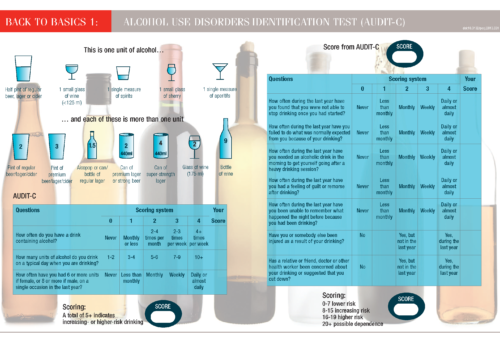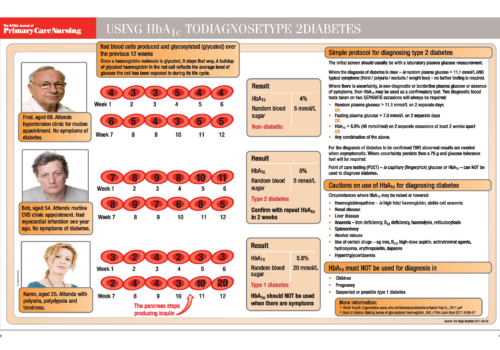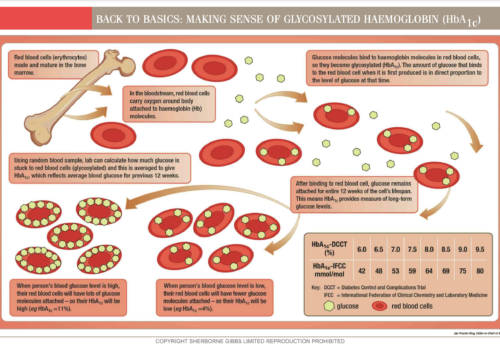This month’s Back to Basics feature is a free wallchart to aid interpretation of the NHS Health Check results. Use this information with last month’s Back to Basics NHS Health Check chart to raise your patients’ awareness of cardiovascular risk factors and to determine the best lifestyle and medical approaches for each individual.




























